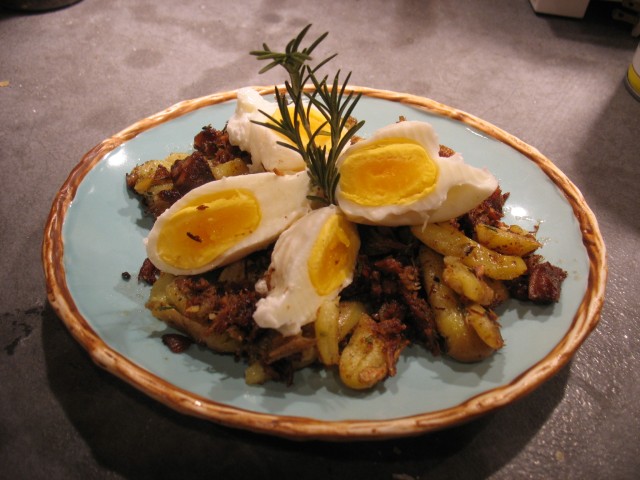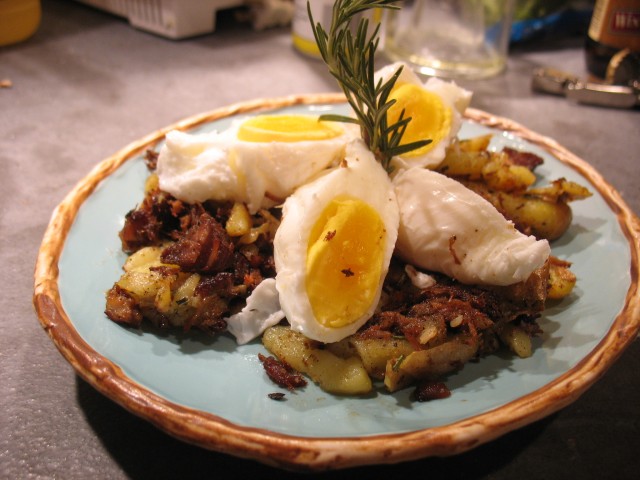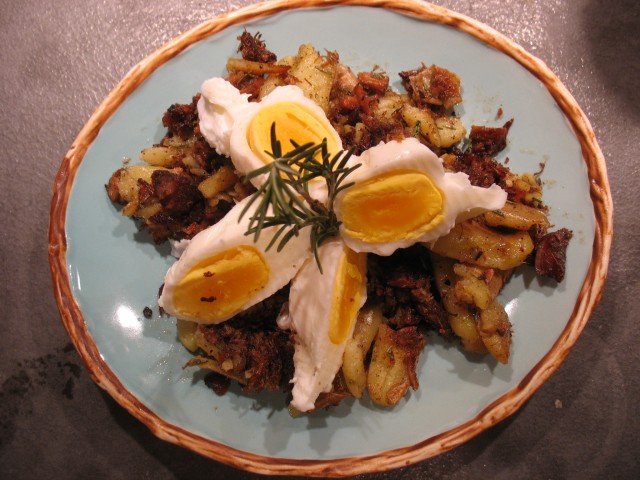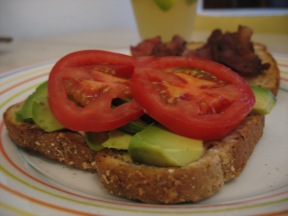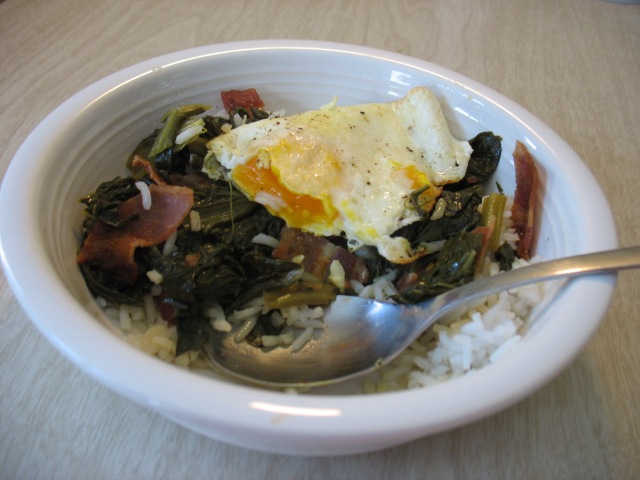Have I ever mentioned that a classic fall-back meal of mine is to make couscous, some sort of tomato-based sauce, and some sort of protein topping? This is particularly comforting in the winter, when for some reason, I crave foods that have a more porridge-like texture.
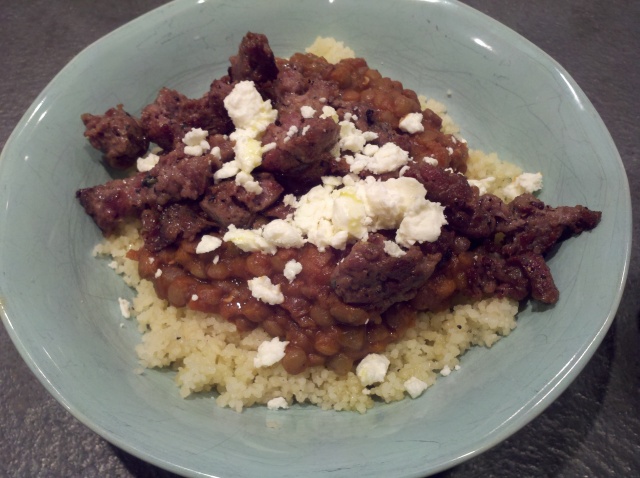
I bought some delicious fresh lamb sausage at the Wedge yesterday because I’d been craving lamb. This sausage had fresh mint, green onions, and garlic in it. I made a lentil-based tomato sauce, with spices inspired by the meat sauce used in the classic Greek dish, moussaka. Then I cut up the sausage into chunks and browned it. I made some plain couscous, topped it with the lentils, added some of the browned lamb sausage, and garnished it with a little bit of Greek feta and high quality extra virgin olive oil. The only thing that would have made this better was fresh mint leaves, chopped and tossed on top!
Lentil tomato sauce with Greek-inspired spices
- 1 cup French green lentils, washed and picked through
- 1 onion, chopped
- 4 cloves garlic, minced
- Olive oil for sauteeing
- 1/2 teaspoon dried oregano
- 1/4 teaspoon cinnamon
- 1/8 teaspoon allspice
- 1/8 teaspoon ground clove
- 1 bay leaf
- lots of freshly ground black pepper
- 14 oz can crushed tomatoes
- 3 cups water, or more depending on your lentils
- Kosher salt to taste (start with 1/2 teaspoon, work up from there)
Sautee the onion and garlic in olive oil until translucent. Add all the spices, stir and cook for another minute or so. Add the lentils, coat with the fat and spices. Add the tomatoes and water and bring to a boil. Add salt. Reduce heat to simmer and cook on low until lentils are tender, about 45 minutes to an hour. Taste and adjust for salt.
Meanwhile, slice fresh lamb sausage on the bias. Bring olive oil to medium high heat in a pan, add sausage, and brown. Cook until all pink is gone. Remove sausage from pan and drain on paper towels.
To prepare couscous, melt 2 tablespoons butter in a small pan. Add 1/2 cup couscous, stir to thoroughly coat with butter. Add 3/4 cup water (or broth), bring to a boil, stir again. Reduce heat to low, cover, and cook for 4-5 minutes. Remove the lid, fluff with a fork, and set aside.
To eat: layer couscous in a bowl, cover with a generous spoonful of lentils, top with sausage and a bit of feta, and drizzle with olive oil. If you have mint, chop it and add as a final garnish! Enjoy with a plentiful salad and a sturdy red wine.
This recipe is quite flexible and could be made vegetarian or vegan quite easily. The basic concept remains the same: top couscous with some sort of delicious sauce, and top that with (more) protein. You can even skip the last step if your sauce has protein in it already, like this does. Other variations I’ve made or suggested have included a polenta base topped with a buttery, rosemary-infused tomato sauce with white beans. Sometimes I throw wine in the lentils, and add more robust herbs like fresh thyme and rosemary. If I’m serving vegetarian friends, I’ll use fake sausage.

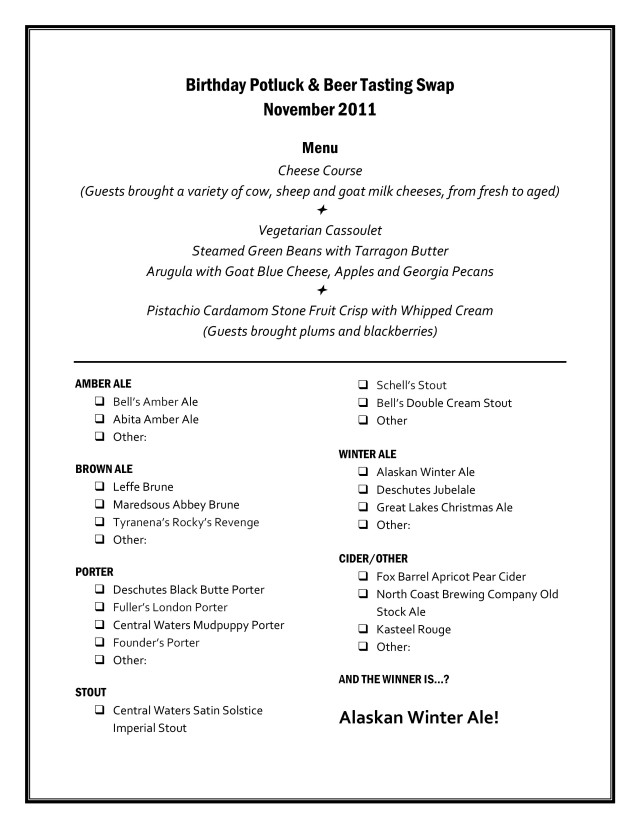
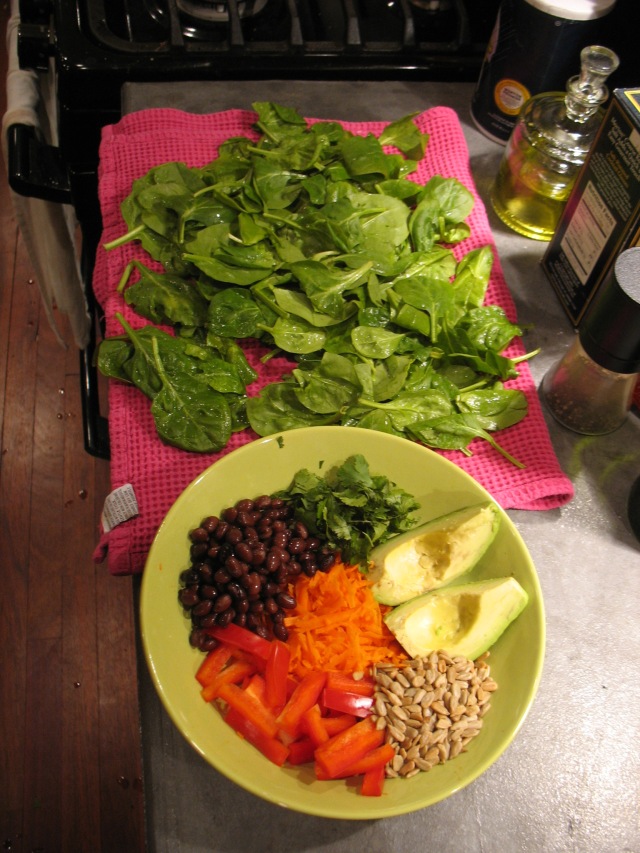
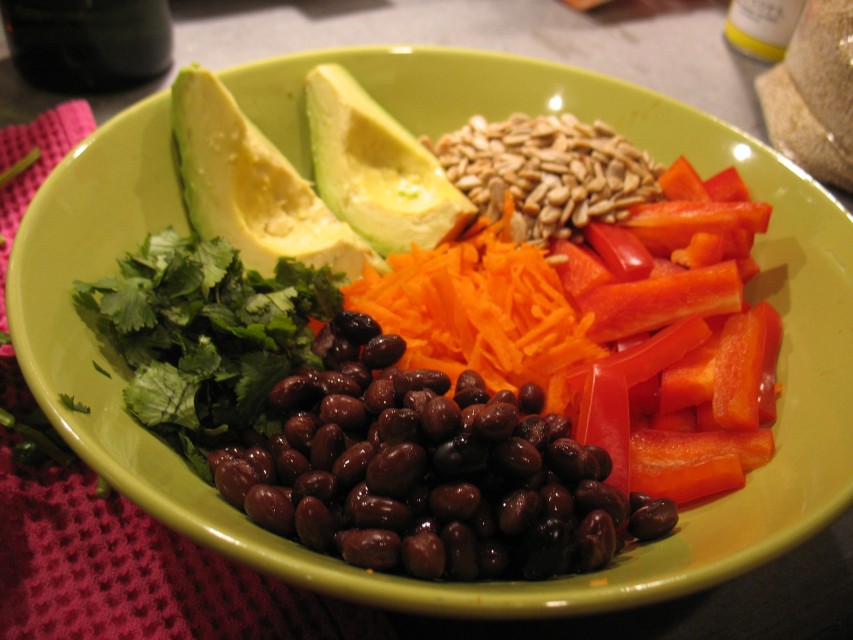
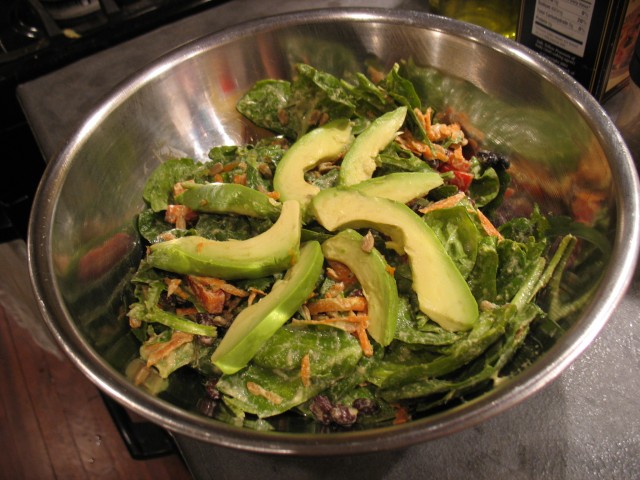
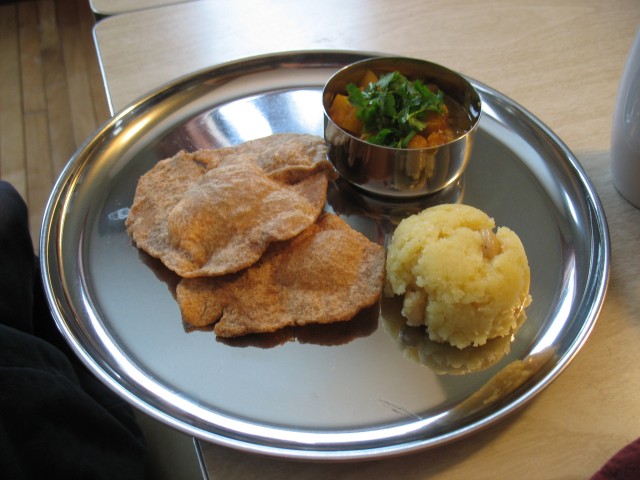
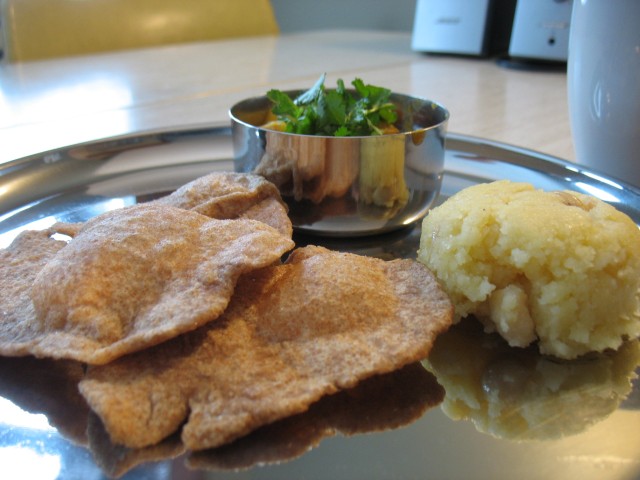
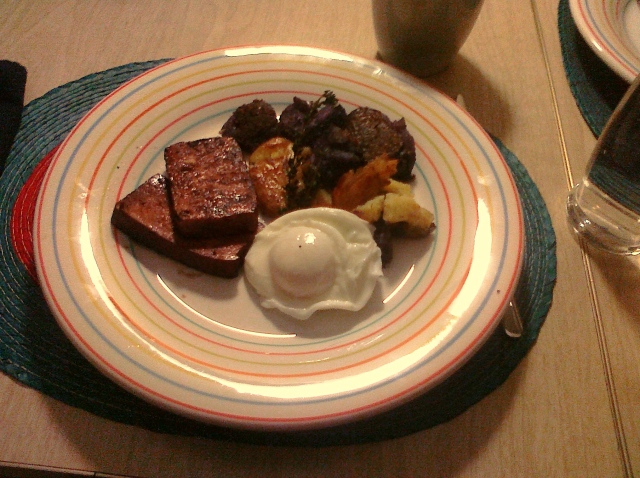


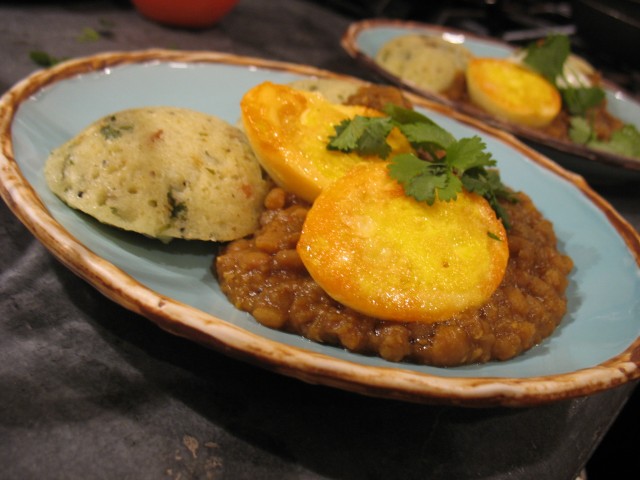
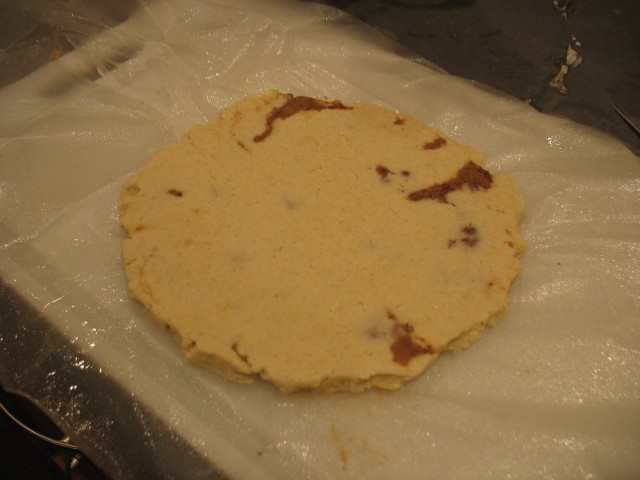
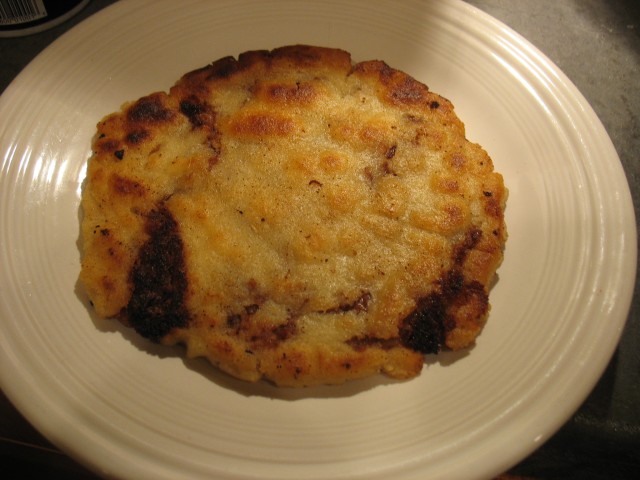
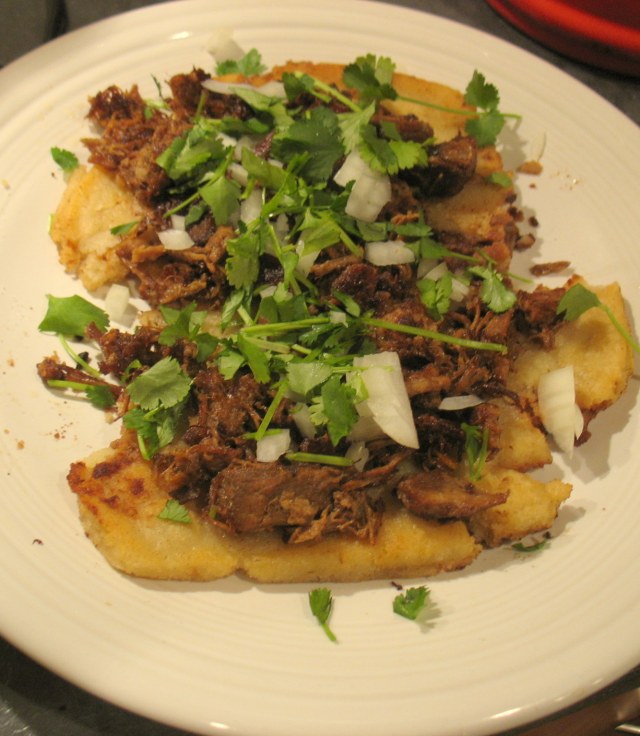
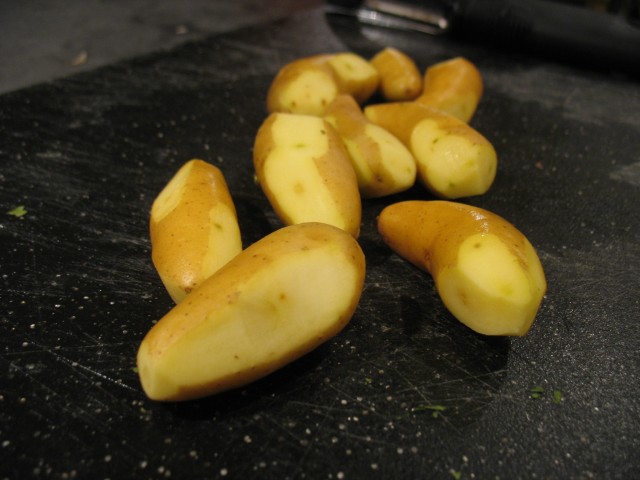
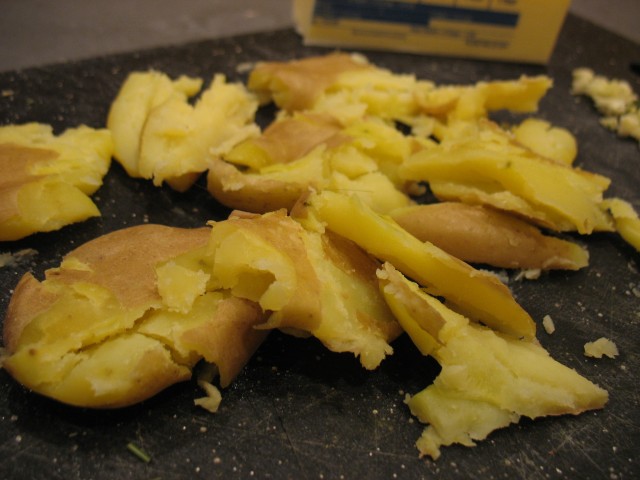
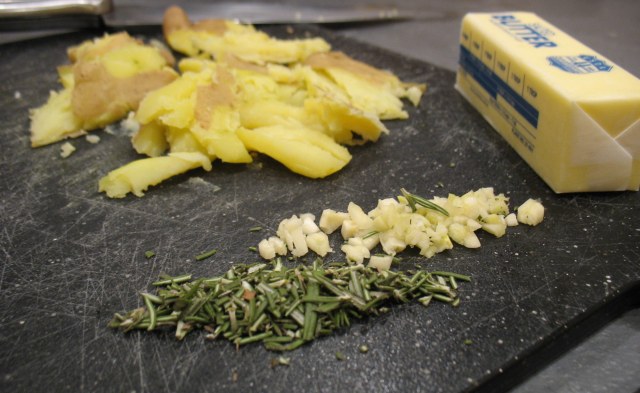
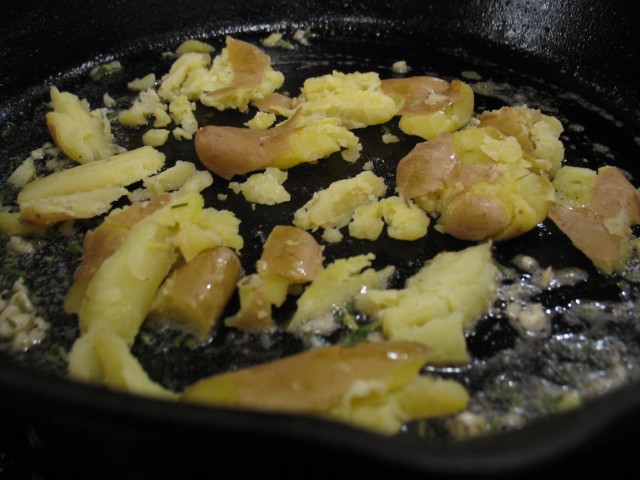 In the meantime I got the pork out, and started to poach some eggs.
In the meantime I got the pork out, and started to poach some eggs.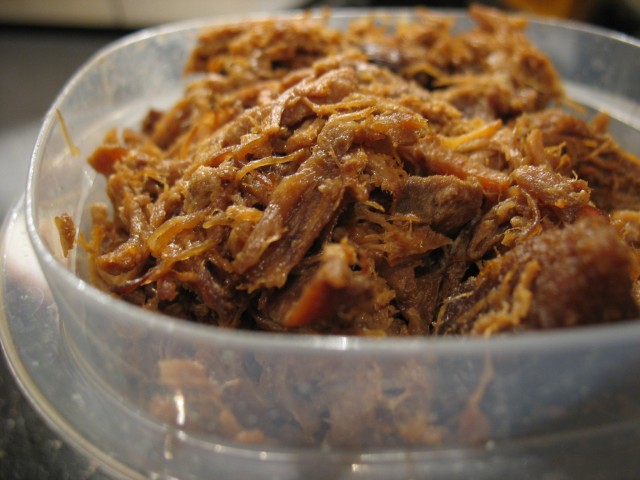

 I threw the carnitas into the pan with the potatoes, and added a little more butter, because you know, WHAT THE HELL, you can never have enough butter.
I threw the carnitas into the pan with the potatoes, and added a little more butter, because you know, WHAT THE HELL, you can never have enough butter.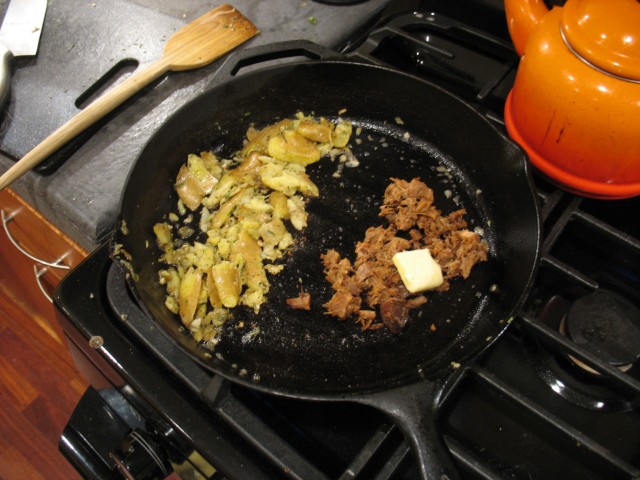 Pretty soon, the potatoes and pork were warm enough, and the eggs were done…
Pretty soon, the potatoes and pork were warm enough, and the eggs were done…